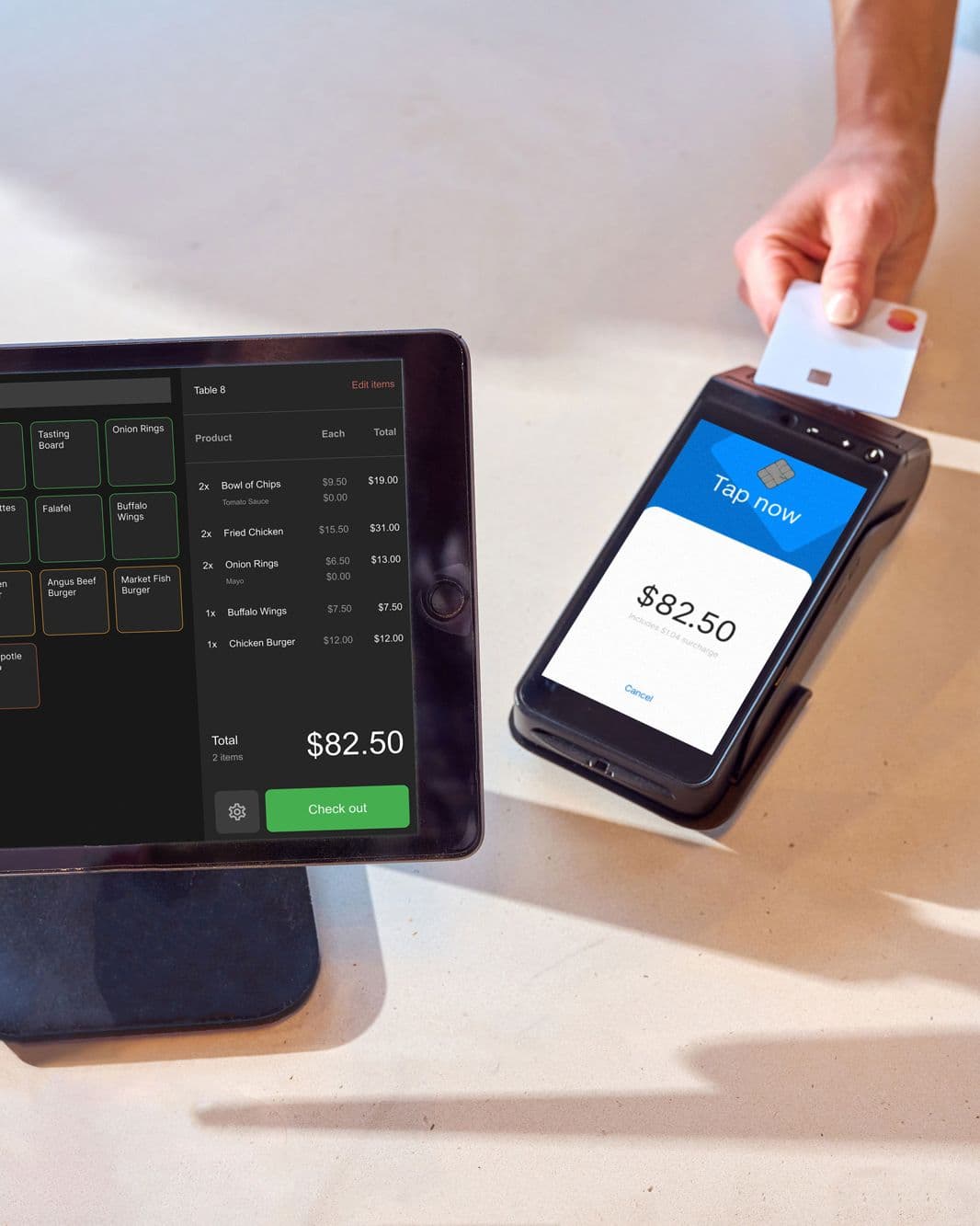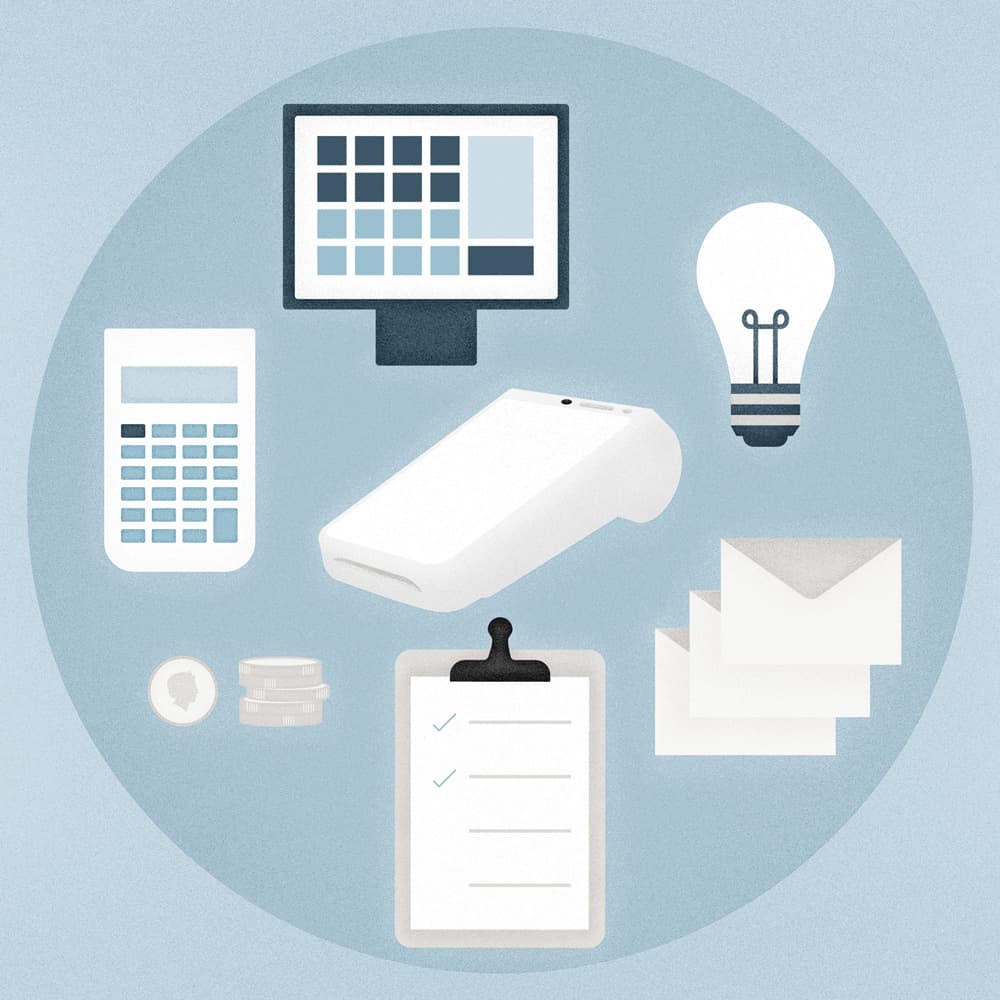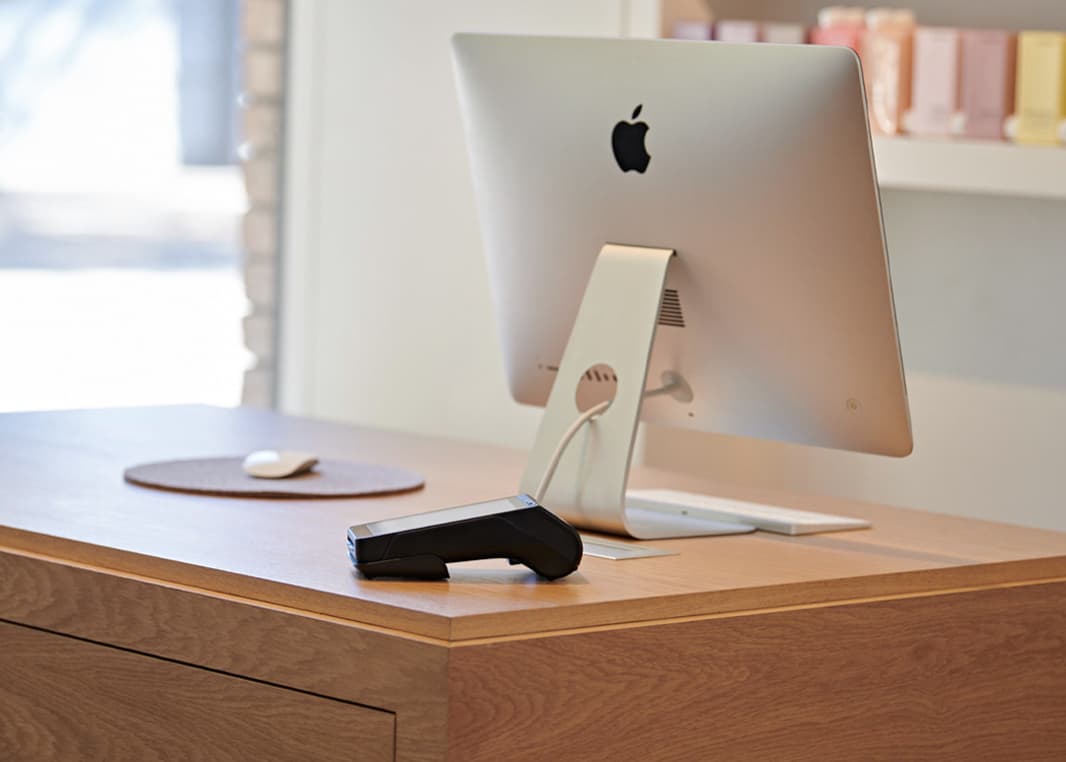
- Business Growth & Optimisation
5 Signs You’ve Outgrown Your Business Tech Stack
Are your tech tools holding your business back? Here's how to know for sure.
Are you still using the same tech to run your business as when you started? If your systems are outdated and can’t keep up with your growth and goals, then it’s probably time to try something new.
Many businesses utilise a range of software and tools to operate effectively — from EFTPOS machines and a POS system, to work scheduling tools and booking software. If you’re stuck using aged tech and struggling with the day-to-day of your business, these old systems might be holding you back. Remaining loyal to outdated technology can waste time and money, preventing you from scaling your business.
If you’re wondering whether you’ve outgrown your tech stack, here are five signs you should start looking for new tools that will increase your performance and drive better results for your business.
1. Your system doesn’t integrate
One of the biggest tech issues business owners come across is systems that don’t integrate seamlessly. Software solutions that don’t play well together create unnecessary problems and can negatively impact your employee and customer experience. Not only do they take up important time that would be better spent on other tasks, but clunky software causes double handling of jobs and allows room for human error.
Integrated EFTPOS is the best example of this. When you use integrated EFTPOS in your business, your point-of-sale (POS) system communicates directly with your EFTPOS terminal — eliminating double-handling of customer payments at checkout.
Having an integrated system speeds up the entire payments process, while optimising your data retention and analytics. Zeller Terminal has the ability to integrate with hundreds of different POS systems, so your systems seamlessly connect to one another. You meet employee and customer expectations when transacting, while maintaining and accessing crucial business analytics and data insights that are key to your business growth.

Streamline your payments
Seamlessly push sales from your point-of-sale system to Zeller Terminal for faster transaction speeds, and better accuracy.
2. You’ve developed workarounds
Are you creating time-consuming workarounds to make up for shortfalls in your tech? If you or your staff are wasting copious amounts of time and energy on finding alternative solutions to complete routine tasks within the framework of existing systems, then you’re overdue for an upgrade. There are more advanced tech tools on the market that can adapt to your processes.
Does your merchant services facility streamline your end-of-month reporting and expense management with real-time dashboards and downloadable reports, for example? Or do you have to manually tally up your incomings and outgoings?
Zeller merchants can create, download and print sales reports for any period in time. Similarly, spending via Zeller Mastercard is tracked in real-time and readily accessible to help you stay on top of expenses.
The tech tools you choose to invest in should save time, not waste it.
3. Costs keep increasing
Weighing up the myriad of costs associated with your tech stack, are they worth it? When you’re not getting much value for your money, it’s time to explore other options. The idea of updating or replacing existing systems may sound expensive, yet it can actually save you a substantial amount of money over time.
A recent study by Forrester found companies that upgraded their legacy software saved upwards of $10 million over the course of just three years. With new systems or tools in place, even small businesses can save a significant amount of money on various licences, administration costs, and maintenance.
4. There are growing pains
If your tools and systems don’t have the ability to grow with your business, they’re only inhibiting the growth goals and further success of your company. As you employ more staff and gain more customers, your systems need to keep up with your scale.
When it comes to EFTPOS, most providers charge expensive terminal rental fees. The more terminals you require for your increasing business demands, the larger the expense will be to meet this growth. If you’re paying $25 per month to rent one terminal, and your business needs two terminals at the counter and one on the store floor, that’s a total of $900 in terminal rental fees alone every year. At the end of the contract, you won’t even own your terminal.
Renting is an expensive way to use EFTPOS, and limits your growth potential. One answer is to purchase your EFTPOS terminals. Zeller Terminal is yours to own for a one-off $259 payment — there are no hidden fees or ongoing terminal rental costs.
5. It hides your data
Another tell-tale sign that you’ve reached the critical tipping point and need to replace your tech tools is that you’re unable to view and analyse your transaction data. This information should be available to you in real-time so you can easily access the insights you need to efficiently run your business.
Zeller Dashboard, for example, provides at-a-glance daily totals and period comparison data so you can immediately identify whether a sales push is needed to meet business goals. As your business grows, transaction data naturally grows with it — and it’s essential that you can use this information as a driving force for your business decisions.
If your current technology stack is outdated and the running costs outstrip the value, it makes sense to find new and better tools to implement and manage your growing business needs. Sifting through the options can feel overwhelming, but taking time to invest in systems that enable you to expand, now and in the future, will always be worth it.



